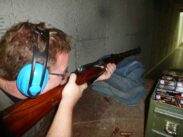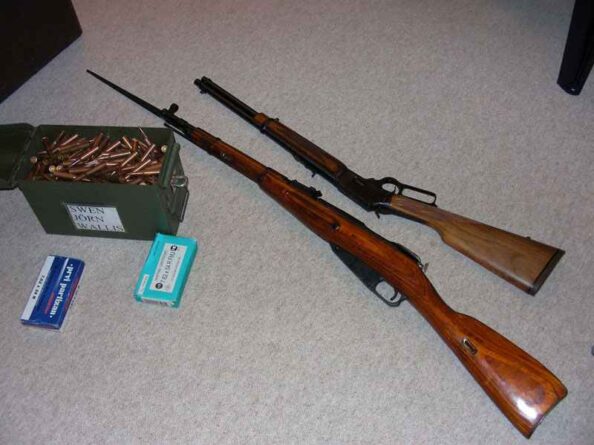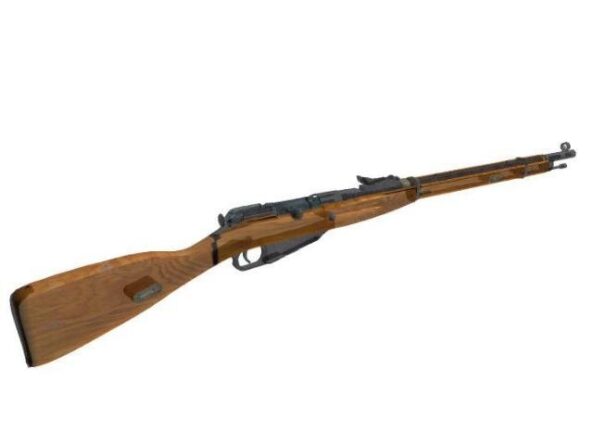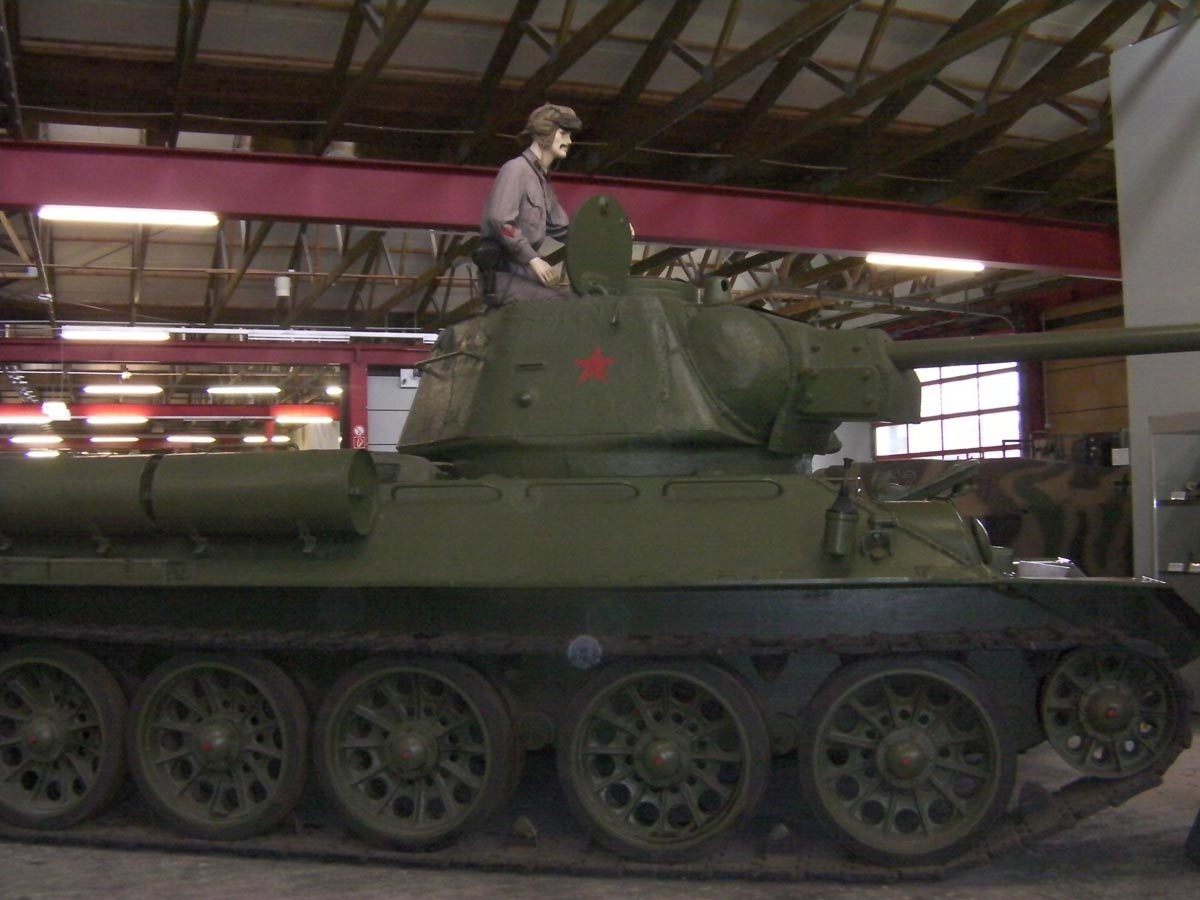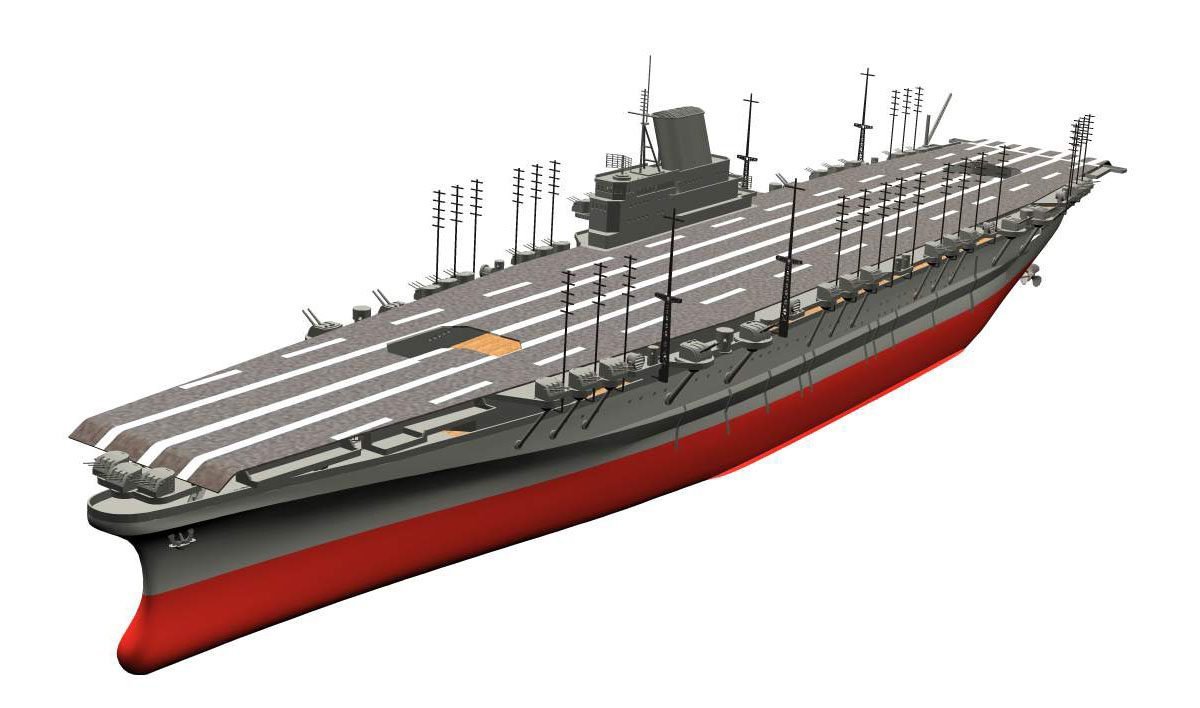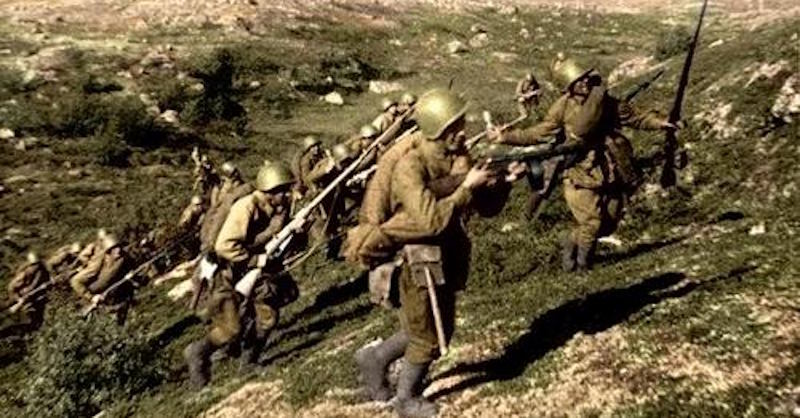Russian infantry rifle Model 1930G, carbine 1938G and 1944G.
History, development, service, specifications, pictures and 3D model.
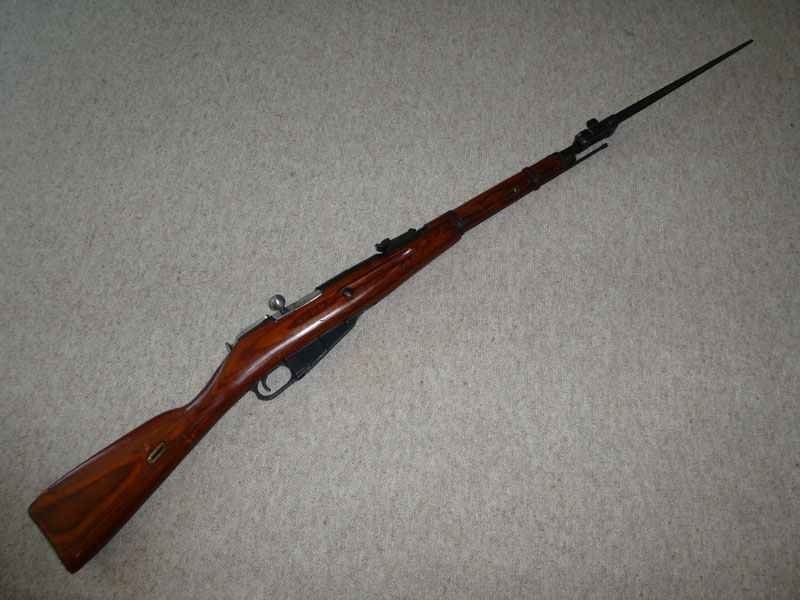
Mosin-Nagant
Table of Contents
Mosin-Nagant Model 1930G
Type: Infantry rifle.
The Mosin-Nagant rifle is a military bolt-action rifle that was used by the armed forces of the Russian Empire, Soviet Union, and various other nations.
Overview
Origin: Designed in 1891 by Russian Army Captain Sergei Mosin and Belgian designer Léon Nagant.
Service: Adopted by the Russian Army in 1891 and remained in active service until the 1960s in various countries.
Design: Bolt-action rifle with an internal magazine, typically holding five rounds.
Caliber: Originally chambered in 7.62×54mmR, which is still in use today.
Variants: Many versions were produced, including infantry rifles, carbines, and sniper rifles.
Production: Manufactured in large numbers, with over 37 million made in Russia and the Soviet Union alone.
Wide usage: Used in numerous conflicts, including both World Wars, the Russian Civil War, and various other 20th-century conflicts.
Accuracy: Known for its reliability and accuracy, especially in sniper configurations.
Modern use: Still used in some countries for military training, hunting, and sport shooting.
Cultural impact: The Mosin-Nagant has become an iconic firearm, featured in many films, books, and video games set in the 20th century.
The Mosin-Nagant’s simple design, ruggedness, and effectiveness have made it one of the most recognizable and long-lived military rifles in history.
History
The Model 1930G (sometimes called the 1891/30) is one of a series of rifles based on the Mosin-Nagant Model 1891 and which formed the standard rifles of the Russian Army until 1945.
The title ‘Mosin-Nagant’ commemorates the original design, basically that of the Belgian Nagant brothers with modifications due to Colonel S. I. Mosin of the Imperial Russian Army. Its turn bolt action is much the same as any other, though the three-piece bolt is an unnecessary complication, probably adopted in order to avoid difficulties with the myriad rifle patents in force at that time.
An unusual feature of the design is the provision of a cartridge control catch. One of the difficult problems of weapon design is the efficient feeding of rimmed cartridges from a magazine; the pressure of the magazine spring tends to jam the rims together and give rise to stoppages. The Mosin-Nagant used a spring-loaded latch, controlled by the operation of the bolt, to hold down the second round in the magazine and thus take pressure off the top round so that it could be easily loaded into the chamber by the closing bolt without the danger of the rim of the second round interfering due to the upward pressure of the spring.
The original 1891 model was a ‘long’ rifle, and was always used with its bayonet attached. It was partnered by a slightly shorter weapon, known as the ‘Dragoon Rifle’, but this was by no means as short and handy as the contemporary carbines in use by other armies. In 1931 the Soviet Army introduced the 1930G which was more or less the Dragoon Rifle with improved sights and with the design somewhat simplified to make production easier. It became the standard infantry rifle and remained so throughout the war, although it was widely supplemented by the later model of carbine and, of course, by the ubiquitous sub-machine guns PPSh and PPS which were a lot cheaper and quicker to make.
Numbers of the Model 1891/30 were fitted with sighting telescopes for use by snipers.
Variants
Carbine 1938G: Originally intended for mounted troops, this was the same basic pattern as the 1930G rifle but with the barrel shortened to 20.45in.
Carbine 1944G: This was almost identical to the 1938G but with the addition of a folding cruciform bayonet attached to the muzzle. This, if it did nothing else, simplified the problem of what to do with it when it wasn’t on the alert, a problem which often puzzled Russian recruits since bayonet scabbards were never a standard Russian issue item.
3D Model Mosin-Nagant Model 1930G
Specifications:
Mosin-Nagant Model 1930G | Specification |
|---|---|
Type | Infantry rifle |
Caliber | 7.62 mm |
Length | 48.5 in |
Weight | 8 lb 11 oz |
Barrel | 28.7 in long, 4 grooves, right hand twist |
Feed system | 5-round integral box magazine |
System of operation | Turn-bolt |
Muzzle velocity | 2,660 feet/sec |
Rate of fire | ? |
Specifications Mosin-Nagant Model 1930G
Service statistics:
Mosin-Nagant rifle | figures |
|---|---|
Manufactures | State Arsenals |
Production delivery | 1931 |
First combat use | ? |
Final delivery | 1945 |
Production figure | ? |
Price per unit | ? |
Video: Mosin-Nagant Model 1944 carbine
Video from shooting with the Mosin-Nagant Model 1944 carbine.
References and literature
The Encyclopedia of Weapons of World War II (Chris Bishop)
The Encyclopedia of Infantry Weapons of World War II (Ian V.Hogg)
Infanterie im 2. Weltkrieg (J.B.King, John Batchelor)
The Encyclopedia of Weapons of World War II (Chris Bishop)
The Illustrated Encyclopedia of Weapons of World War I (Chris Bishop)
An Illustrated History of the Weapons of World War One (Ian Westwell)




